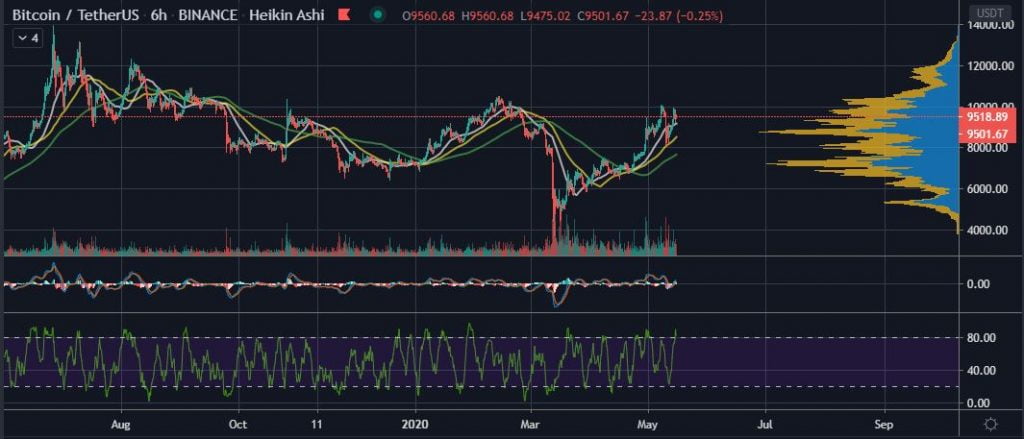In summary:
- In a tweet earlier today, the team at Weiss Ratings has concluded that Bitcoin (BC) is possibly the scarcest asset known to humanity.
- Bitcoin’s price will continue to go up due to demand as the money printers continue to go Brrr.
Traders and investors who believe in the vision of Satoshi Nakomoto understand that only 21 Million Bitcoin will be mined. The fact that BTC has a known supply is one reason many analysts and hedge fund CEOs believe that a stock-to-flow model can be used to predict the future value of the asset. The team at Weiss Ratings has gone a step further and concluded that Bitcoin is possibly the scarcest asset ever known to humanity.
Bitcoin’s Price Will Continue Going Up
The team made the statement via a tweet that Bitcoin’s value is bound to keep rising as global central banks continue printing fiat in a bid to cushion their economies against the effects of the Coronavirus. The full tweet explaining this can be found below.
#BTC is possibly the scarcest asset ever known to humanity. #Bitcoin's price going up is the only way to accommodate higher demand for it. The question is: will there be higher demand? With central banks pledging to print to infinity, the answer is a resounding YES.
— Weiss Crypto (@WeissCrypto) May 15, 2020
Brief Technical Analysis of Bitcoin (BTC)
With another weekend ahead of us, it is worth taking a brief look at the Bitcoin chart to better gauge the price action for the next 48 hours. Further checking our favorite 6-hour Bitcoin chart courtesy of Tradingview.com, we observe the following:
- Trade volume is in the red indicating selling pressure.
- The MACD has crossed in a bearish manner as the histograms indicate selling.
- MFI is high at 80 and could signal a red weekend for the King of Crypto.
- The current price of Bitcoin at $9,500 is above the 50, 100 and 200 Moving averages which further provide levels of support over the weekend.
- Support zones can be found at $9,500, $9,400, $9,250, $9,160, $9,050, $8,900 and $8,800.
As with all technical analyses of Bitcoin, traders and investors are advised to implement adequate stop losses to protect their trading capital.
(Image courtesy of Unsplash.)


